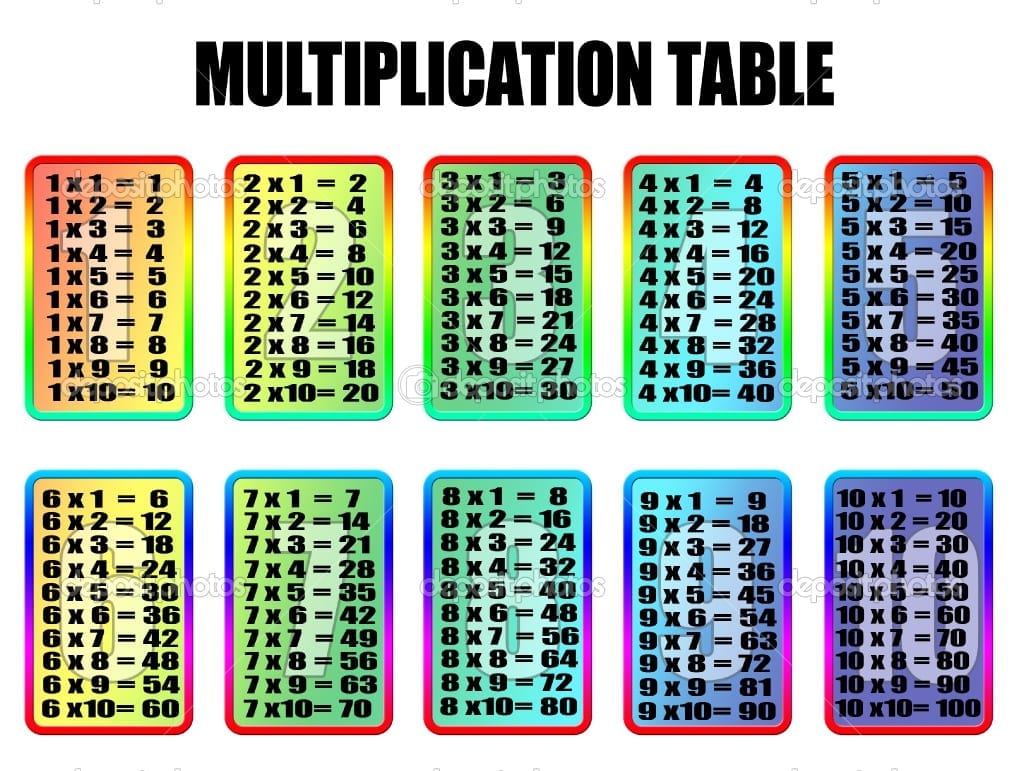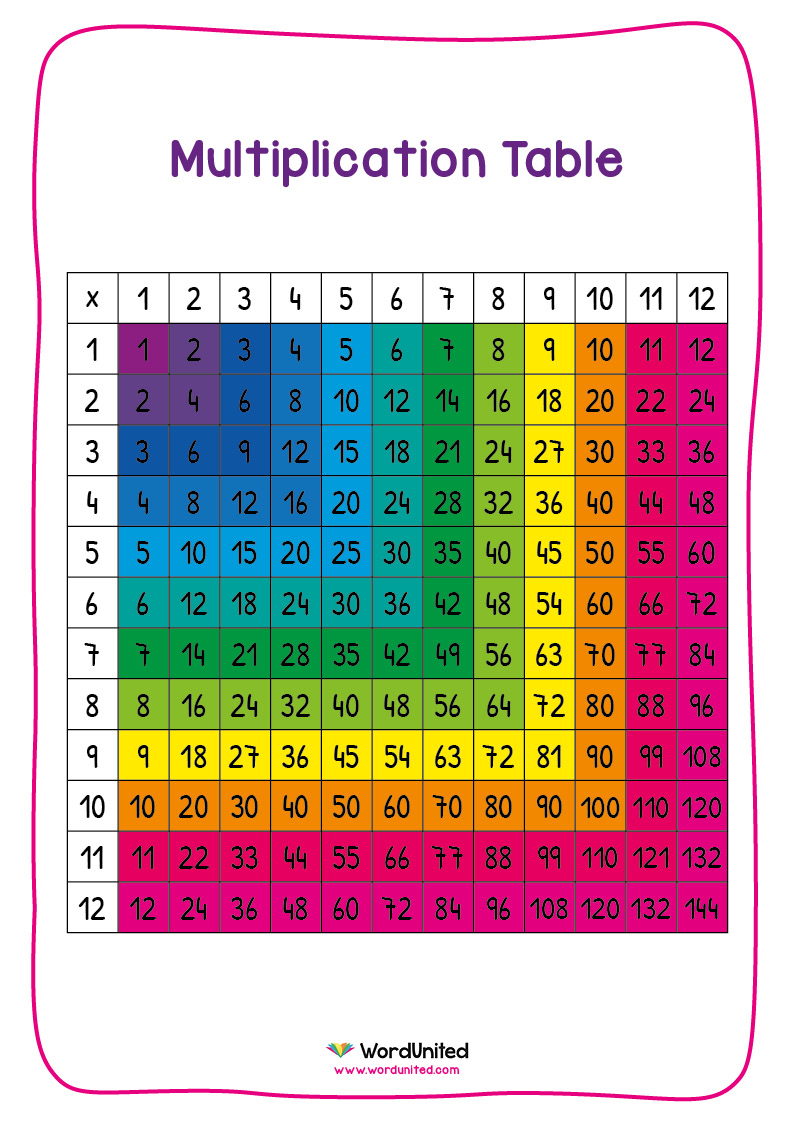

But let’s think nobody around is that sweet tooth, and each box contains exactly 10 pieces. In our case, we have 6 groups of 10 chocolate sweets, unless someone has snuck in and secretly eaten a couple of pieces.

This way, it is clearer to kids why we need to use multiplication and what happens during it. In a way, multiplication is a special way of adding: adding groups of numbers to each other. Because in reality, when we multiply, we add groups of numbers together. Instead of saying ‘times’, as we are used to, it is more helpful to say ‘groups of’. Instead, you can take them in groups and see how many of the groups you have.

How messy and inconvenient is that! And also tempting - it is much more fun to eat those sweets than count them for so long. How do you know how much you have altogether? If you start counting them by adding one to another first, you will have to remove them from the boxes and sum them up individually. Imagine you have six boxes of chocolates, each containing 10 chocolate sweets. When we have big groups of things, it will take us twice as much time to add them together instead of multiplying. It makes our calculations faster and more accurate. Multiplication is a magical arithmetic action. A kid will get that pretty quickly as well once he gets to the bottom of it. You will see it is harder not to use multiplication than to use it. Next time you are in a supermarket, try not to use multiplication and use addition instead. Many of our everyday activities require that we can multiply both simple and more complex numbers. If you think about it, multiplication actually makes our calculations faster and easier. After a kid masters counting and addition, it is time to move to the next level and learn multiplication.


 0 kommentar(er)
0 kommentar(er)
